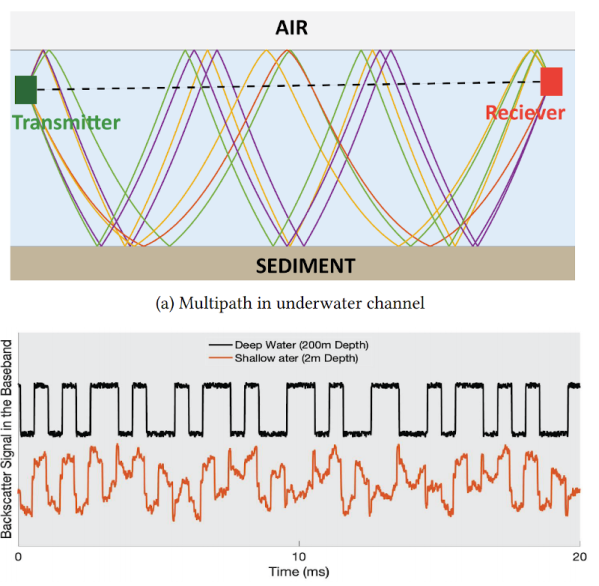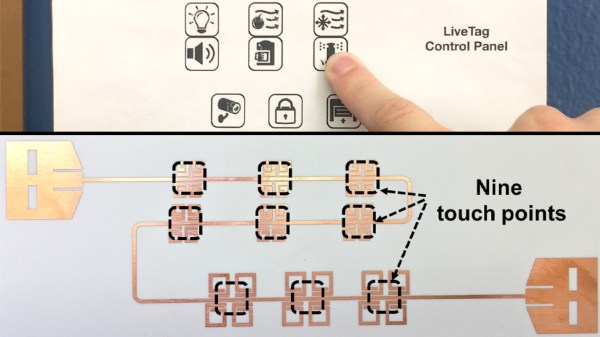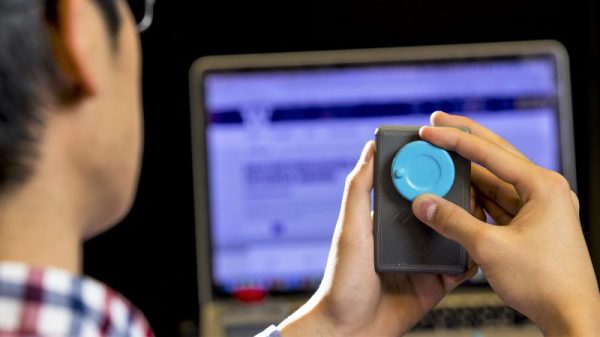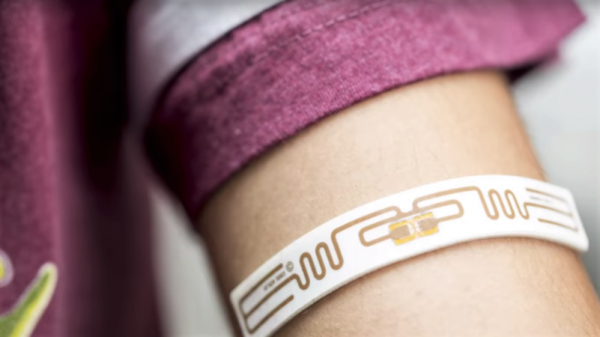Steve Ballmer famously called Linux “viral”, with some not-entirely coherent complaints about the OS. In a hilarious instance of life imitating art, Windows machines are now getting attacked through malicious Linux VM images distributed through phishing emails.
This approach seems to be intended to fool any anti-malware software that may be running. The VM includes the chisel tool, described as “a fast TCP/UDP tunnel, transported over HTTP, secured via SSH”. Now that’s an interesting protocol stack. It’s an obvious advantage for an attacker to have a Linux VM right on a target network. As this sort of virtualization does require hardware virtualization, it might be worth disabling the virtualization extensions in BIOS if they aren’t needed on a particular machine.
AI Finds Real CVE
We’ve talked about some rather unfortunate use of AI, where aspiring security researchers asked an LLM to find vulnerabilities in a project like curl, and then completely wasted a maintainer’s time on those bogus reports. We happened to interview Daniel Stenberg on FLOSS Weekly this week, and after he recounted this story, we mused that there might be a real opportunity to use LLMs to find vulnerabilities, when used as a way to direct fuzzing, and when combined with a good test suite.
And now, we have Google Project Zero bringing news of their Big Sleep LLM project finding a real-world vulnerability in SQLite. This tool was previously called Project Naptime, and while it’s not strictly a fuzzer, it does share some similarities. The main one being that both tools take their educated guesses and run that data through the real program code, to positively verify that there is a problem. With this proof of concept demonstrated, it’s sure to be replicated. It seems inevitable that someone will next try to get an LLM to not only find the vulnerability, but also find an appropriate fix. Continue reading “This Week In Security: Linux VMs, Real AI CVEs, And Backscatter TOR DoS”



















